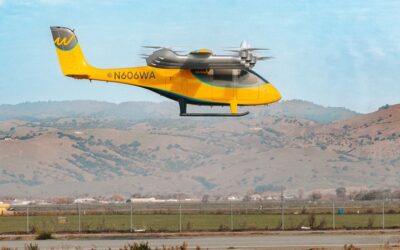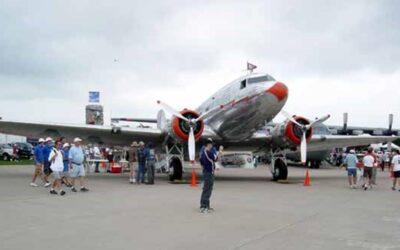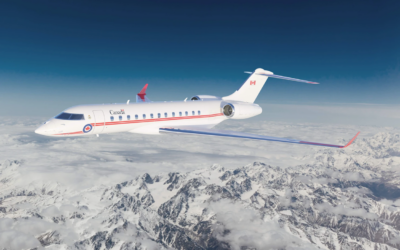
Hertz posted another decline in revenue in the first quarter, during which the company watched demand “moderate for corporate, government and U.S. inbound segments,” Hertz CFO Sandeep Dube said on a Tuesday earnings call.
Dube added that though there is some geographic variation, Hertz historically sees heavier corporate and government in the beginning of the week, on Tuesday and Wednesday, and in the first quarter “that’s where you saw a dip overall in demand.”
Commenting on new U.S. tariffs put in place in the first quarter, the company worked closely with original equipment manufacturers “to accept vehicle deliveries in Q1 ahead of schedule to avoid tariff exposure,” Hertz CEO Gil West said. Approximately two-thirds of Hertz’s model year 2025 fleet has been delivered, and more than 70 percent of the company’s core U.S. rental fleet is no more than 12 months old, he added.
“Through our disciplined fleet rotation, we’re now managing a lower-cost fleet with a more optimal mix in a rising residual-value environment, putting us in nearly the inverse position of where we were when I joined the company,” said West, who joined Hertz as CEO in April 2024. “This is a clear sign that our strategy is working. While overall demand remains solid, we recognize that there may be potential macroeconomic headwinds and uncertainty still, we remain disciplines on capacity management.”
Hertz Q1 Metrics
Hertz reported first-quarter revenue of $1.8 billion, a decrease of 13 percent year over year. The company’s net loss was $443 million compared with a net loss of $186 million a year prior.
Average rentable vehicles during the quarter decreased 10 percent year over year to nearly 477,300. Vehicle utilization increased 3 percentage points to 79 percent. Revenue per day for the quarter was $53.38, down from $55.94 a year ago.
The Americas segment posted a 14 percent year-over-year decline in revenue to nearly $1.5 billion. The number of average rentable vehicles in that region declined 11 percent to about 386,750. Vehicle utilization for the segment increased 3 percentage points to 80 percent, while RPD was down 5 percent to $53.68.
The international segment reported $323 million in revenue, a 5 percent decline year over year. The average number of rentable vehicles was down 5 percent to about 90,500. Vehicle utilization increased 3 percentage points to 75 percent, as RPD increased slightly to $52.07 from $51.89 a year prior.
RELATED: Hertz Q4 performance
Recent Posts
- Boeing donates $500,000 to support flooding recovery in Puget Sound
- Wisk Aero completes first flight of gen. 6 autonomous eVTOL in California
- Douglas DC-3 90th Anniversary Broadcast Series Brings Global Community Together to Celebrate a Flying Legend
- Bombardier to send 6 Global 6500 to Canadian Air Force
- Daher Kodiak 900 aircraft receives Brazilian airworthiness certification







Recent Comments